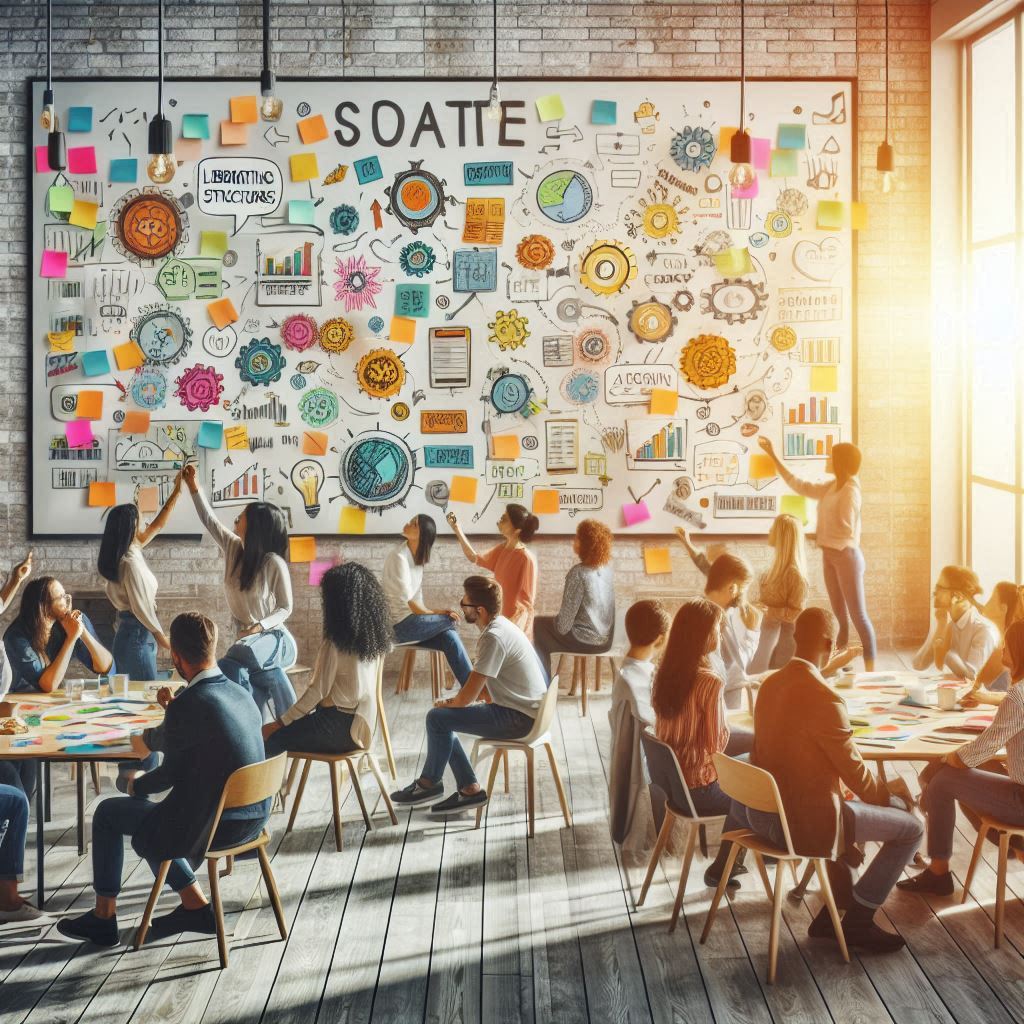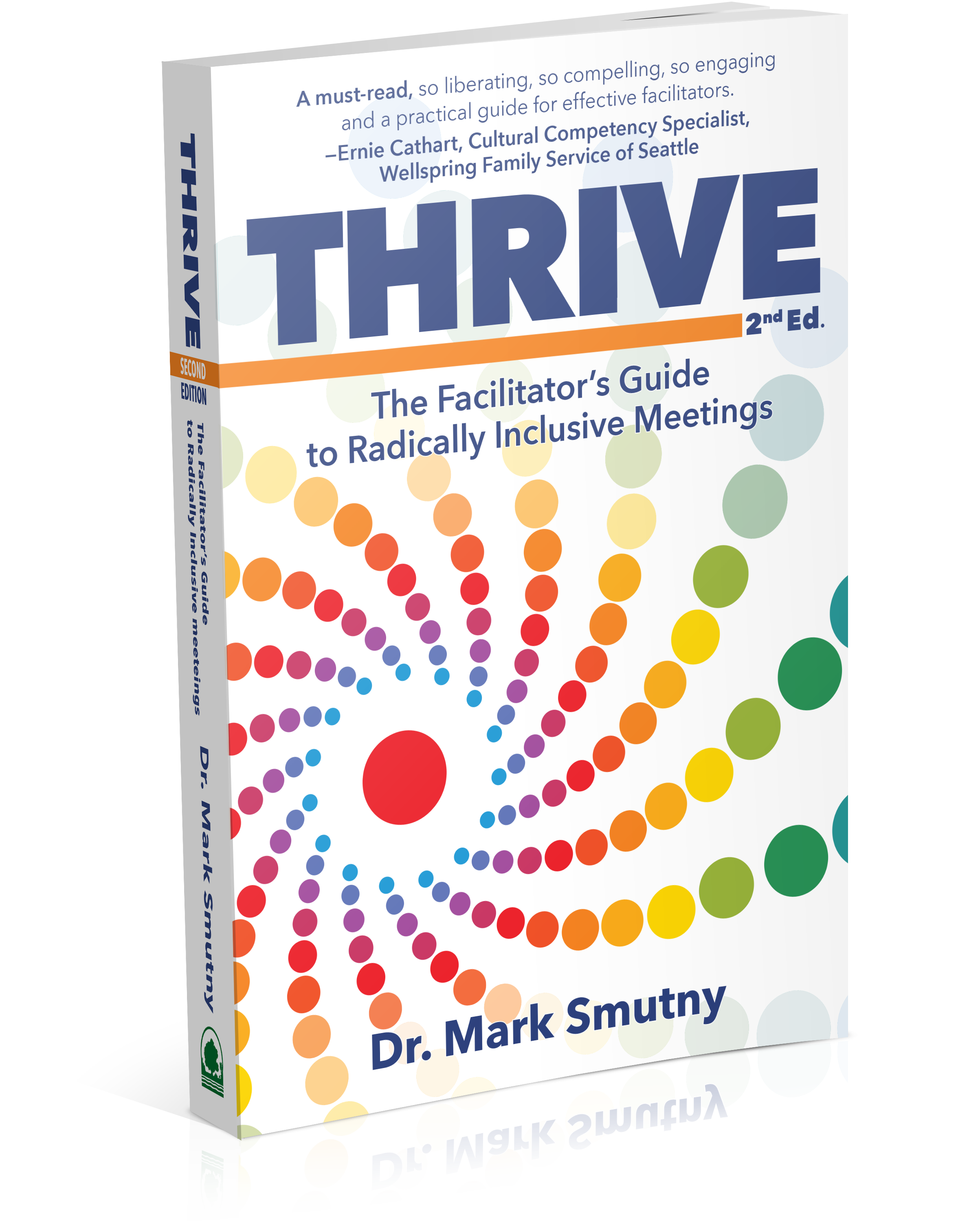 Revitalizing Meetings: From Disengagement to Innovation with Liberating Structures by Dr. Mark Smutny, President, Civic Reinventions, Inc.
Revitalizing Meetings: From Disengagement to Innovation with Liberating Structures by Dr. Mark Smutny, President, Civic Reinventions, Inc.
Meetings are the backbone of organizational life. They shape decisions, build culture, and drive progress. However, the traditional meeting design—dominated by presentations, PowerPoint slides, lectures, facilitated discussions, and brainstorming—often leads to disengagement. Why is this so, and what can we do about it?
The Pitfalls of Traditional Meeting Designs
Conventional meetings typically rely on a few familiar formats:
Presentations and PowerPoint Slides: These tend to concentrate information flow in one direction, from the speaker to the audience. While they can be informative, they often result in passive listening, where only a few individuals—the presenters—actively participate.
Lectures: Similar to presentations, lectures focus on a single speaker delivering content to an audience. This format can stifle interaction and limit the diversity of perspectives.
Facilitated Discussions: Though intended to encourage participation, facilitated discussions frequently give the floor to more dominant voices. The facilitator, despite their best intentions, may inadvertently reinforce existing hierarchies.
Brainstorming Sessions: While brainstorming aims to generate creative ideas, it can also be dominated by those who are more extroverted or assertive, sidelining quieter participants.
The Result: Disengagement and Lost Potential
These traditional formats often fail to engage everyone in the room. The more dominant voices tend to overshadow others, leading to a lack of diverse perspectives and reduced creativity. As a result, many participants may feel disengaged and disconnected from the process, leading to diminished outcomes and missed opportunities for innovation.
Liberating Structures: A Breath of Fresh Air
Enter Liberating Structures—an innovative approach to meeting design that turns the traditional format on its head. Developed by Henri Lipmanowicz and Keith McCandless, Liberating Structures consist of simple but powerful interaction methods that democratize participation, energize the group, and spark creativity.
Here’s how Liberating Structures transform meetings:
- Engaging Everyone: Unlike traditional formats, Liberating Structures are designed to include everyone. They ensure that every participant has an equal opportunity to contribute, regardless of their personality or position.
- Energizing the Group: By using varied and dynamic activities, Liberating Structures keep the energy levels high. This prevents the monotony that often accompanies traditional meetings and keeps participants engaged.
- Sparking Creativity and Innovation: The diverse perspectives and ideas that emerge from inclusive participation lead to greater creativity and innovation. Liberating Structures encourage thinking outside the box and challenge the status quo.
Practical Examples of Liberating Structures
1-2-4-All: This structure starts with individual reflection, followed by paired discussions, then groups of four, and finally, a plenary session. It ensures that everyone’s voice is heard and ideas are refined through multiple rounds of dialogue.
TRIZ: This method invites participants to identify and eliminate counterproductive activities and behaviors. By focusing on what not to do, it clears the path for more effective and innovative actions.
Impromptu Networking: This activity involves rapid, structured conversations between participants, enabling them to share insights and ideas quickly. It fosters connections and uncovers hidden expertise within the group.
Conclusion
By shifting from traditional meeting designs to Liberating Structures, organizations can unlock the full potential of their teams. These methods ensure that every voice is heard, every idea is valued, and every meeting becomes a springboard for creativity and innovation. It’s time to breathe new life into our meetings and harness the collective intelligence of our groups.
Let’s embrace the power of Liberating Structures and watch our organizations thrive.
Contact:
For assistance with your nonprofit in strategic planning, de-escalation and active listening skills training, mediation and leadership coaching, email me at mark.smutny@civicreinventions.com or visit my website at https://civicreinventions.com.
Dr. Mark Smutny is a professional facilitator, non-profit consultant, leadership coach, meditator and author of the award-winning book, Thrive: The Facilitator’s Guide to Radically Inclusive Meetings, 2nd ed.
